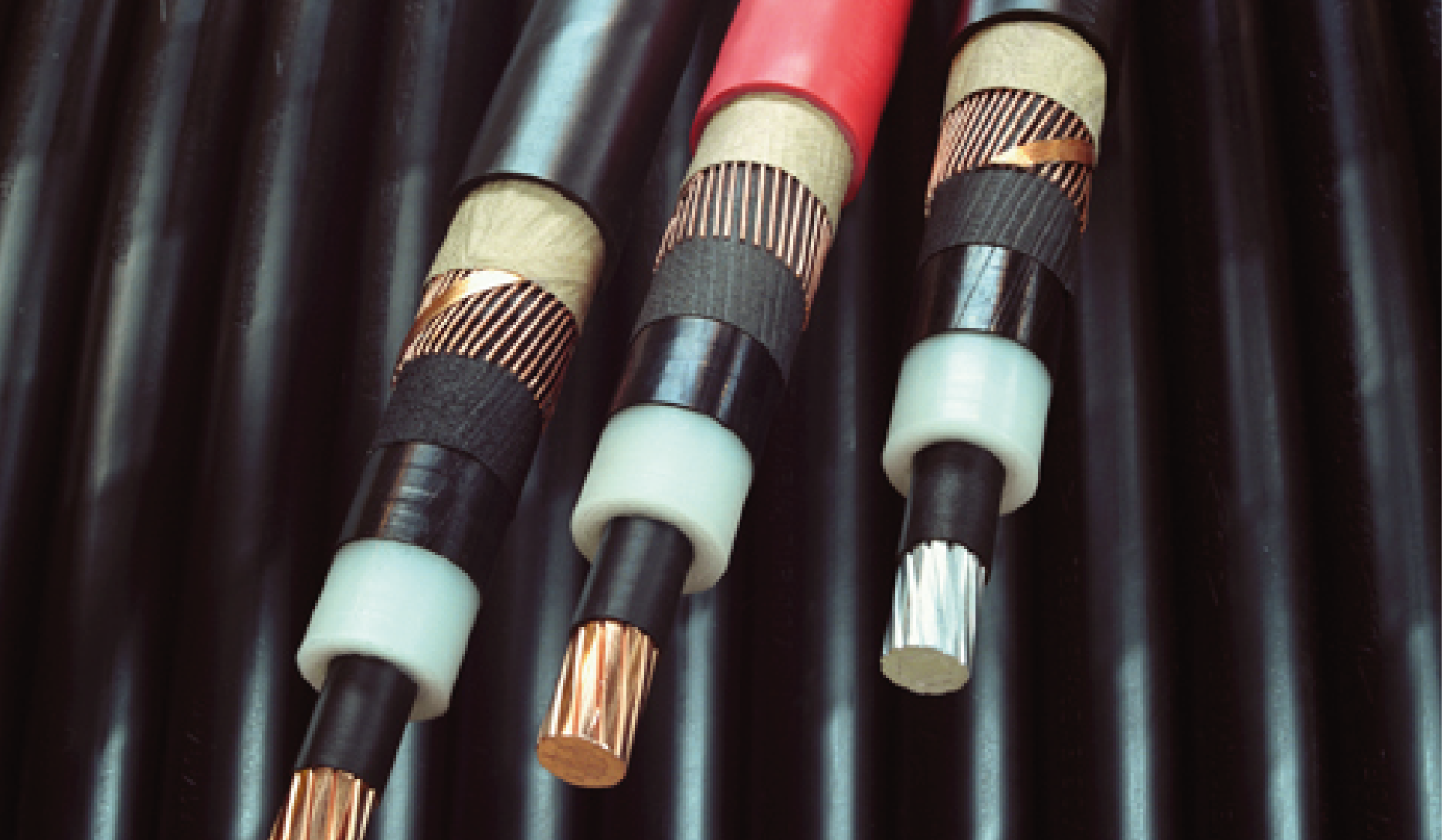3 Easy Steps To A Winning What Is Electric Cable Strategy
페이지 정보

본문
Power is supplied to moving trains with a (nearly) continuous conductor running along the track that usually takes one of two forms: an overhead line, suspended from poles or towers along the track or from structure or tunnel ceilings, or a third rail mounted at track level and contacted by a sliding "pickup shoe". Beyond this, there are particular cable designs that minimize electromagnetic pickup and transmission. When running through conduit, such as in commercial applications, it is typical to pull individual wires rather than a preassembled cable. 6-7 UIC conducted a case study for the conversion of the Bordeaux-Hendaye railway line (France), currently electrified at 1.5 kV DC, to 9 kV DC and found that the conversion would allow to use less bulky overhead wires (saving €20 million per 100 route-km) and lower the losses (saving 2 GWh per year per 100 route-km; equalling about €150,000 p.a.). The alphabet was encoded in a binary code that was transmitted by positive or negative voltage pulses which were generated by means of moving an induction coil up and down over a permanent magnet and connecting the coil with the transmission wires by means of the commutator. The archetype of this category was the Morse system and the code associated with it, both invented by Samuel Morse in 1838. In 1865, the Morse system became the standard for international communication, using a modified form of Morse's code that had been developed for German railways.
Another safety device introduced with the 1999 code is the arc-fault circuit interrupter (AFCI). The history of railway electrification dates back to the late 19th century when the first electric tramways were introduced in cities like Berlin, London, and New York City. BBC History Magazin e. DC voltages between 600 V and 750 V are used by most tramways and trolleybus networks, as well as some metro systems as the traction motors accept this voltage without the weight of an on-board transformer. Some electric traction systems provide regenerative braking that turns the train's kinetic energy back into electricity and returns it to the supply system to be used by other trains or the general utility grid. In comparison to the principal alternative, the diesel engine, electric railways offer substantially better energy efficiency, lower emissions, and lower operating costs. Electrification is seen as a more sustainable and environmentally friendly alternative to diesel or steam power and is an important part of many countries' transportation infrastructure. Some electric railways have their own dedicated generating stations and transmission lines, but most purchase power from an electric utility. Today, many countries have extensive electrified railway networks with 375000 km of standard lines in the world, including China, India, Japan, France, Germany, and the United Kingdom.
While diesel locomotives burn petroleum products, electricity can be generated from diverse sources, including renewable energy. Electro-diesel locomotives and electro-diesel multiple units mitigate these problems somewhat as they are capable of running on diesel power during an outage or on non-electrified routes. Electric locomotives are also usually quieter, more powerful, and more responsive and reliable than diesel. Different systems are used for urban and intercity areas; some electric locomotives can switch to different supply voltages to allow flexibility in operation. Electric railways use either electric locomotives (hauling passengers or freight in separate cars), electric multiple units (passenger cars with their own motors) or both. 1. Never use a domestic multi socket extension lead when charging your electric vehicle. Railway electrification is the use of electric power for the propulsion of rail transport. The first thing to always consider when looking to buy an electric car charging cable is the specifications and requirements for your electric vehicle to determine the best types of EV charging cables for you. Portable appliances with metal cases also have a bonding conductor in the flexible cable and plug connecting them to the distribution system. It has a box which communicates between the connector plug and vehicle plug, known as an ICCB In-Cable Control Box.
Electrical telegraphs were used by the emerging railway companies to provide signals for train control systems, minimizing the chances of trains colliding with each other. Railway electrification continued to expand throughout the 20th century, with technological improvements and the development of high-speed trains and commuters. Electricity is typically generated in large and relatively efficient generating stations, transmitted to the railway network and distributed to the trains. The transmission network is usually administered on a regional basis by an entity such as a regional transmission organization or transmission system operator. On the other hand, some people consider the overhead catenary system a visual intrusion. Various forms of catenary suspension are used depending on the system, its age, its location and the speed of trains using it. This is the technology that was employed by Metro de Medellin in 2004 and started the entire global trend of using urban gondolas as fully-integrated parts of urban transit systems. It is now only used for the Tyne and Wear Metro.
If you have any queries regarding where and how to use what is electric cable, you can contact us at the web site.

- 이전글Mostbet Casino: Najlepsze online kasyno w Polsce 24.10.21
- 다음글Sports Betting Strategies - Secrets To Winning Basketball Bets 24.10.21
댓글목록
등록된 댓글이 없습니다.